Smart agriculture is used to enhance production, address farm-related issues like food demand, and make farms more connected and intelligent. To promote the widespread adoption of smart agriculture in the country, the Department of Agriculture-Bureau of Agricultural and Fisheries Engineering (DA-BAFE) visited the first established smart greenhouse project between the Republic of the Philippines and the Republic of Korea from October 12 to 14, 2022.
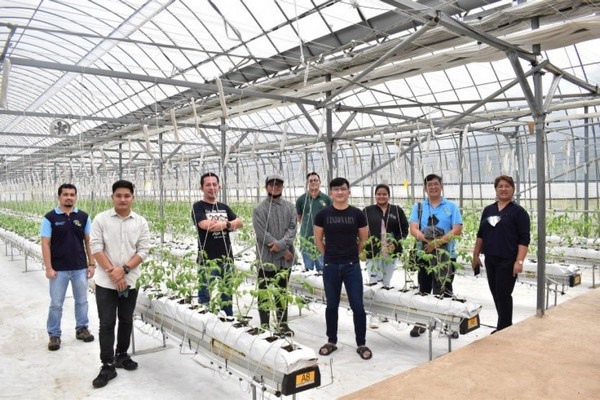
Located at the Bureau of Plant Industry – Baguio National Crop Research Development and Production Support Center (BPI-BNCRDPSC), the first smart greenhouse in the country was constructed in 2018 under the project entitled “Enhancing Productivity and Producing High-Quality Tomato through Smart Greenhouse in the Philippines.” With a total cost of Php 215,000, the said project is a grant from the Republic of Korea through the Korea International Cooperation Agency (KOICA); Korea Agency of Education, Promotion, and Information Service in Food, Agriculture, Forestry and Fisheries (EPIS); Info Valley Korea C.; and Shinhan A-Tec, to the Republic of the Philippines through the Department of Agriculture (DA).
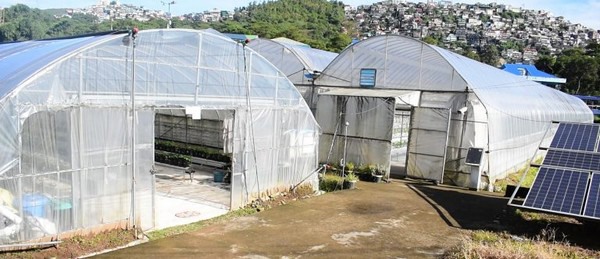
The BPI-BNCRDPSC and DA-Cordillera Administrative Region – Regional Field Office (DA-CAR RFO) jointly implemented the project since its turnover in 2019. The smart greenhouse project aims to enhance the production competitiveness of small and mid-sized farmers by establishing greenhouse technology for high-value-added agricultural products and to increase farmers’ income by enhancing distribution channels in relation to co-branding and local shipping in the Philippines.
The smart greenhouse has eight linked greenhouses intended for the education and promotion of Korean technology and one standard greenhouse for research and development. All components of the smart greenhouse were imported from Korea, and an automated system controls the conditions inside the greenhouse to optimize plant growth.
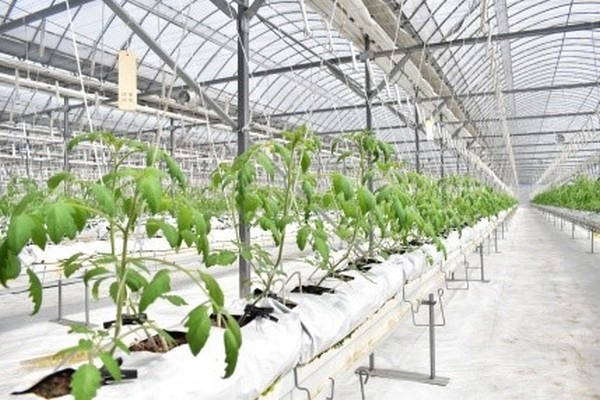
Cherry tomatoes are grown in the smart greenhouse
Power for the smart greenhouse comes from two sources – the local electric cooperative and a stand-by source of renewable energy using solar panels. Cherry tomatoes are produced in the smart greenhouse by planting them in a soilless medium using cocopeat bags irrigated through drip irrigation systems. A total of fifteen metric tons of tomatoes are harvested every six months on average.
Moreover, BNCRDPSC also experimented with planting pepper and cucumber because these crops have the same irrigation and fertilizer requirement as cherry tomatoes. The project opted to continue planting cherry tomatoes upon the request of Korean business partners.
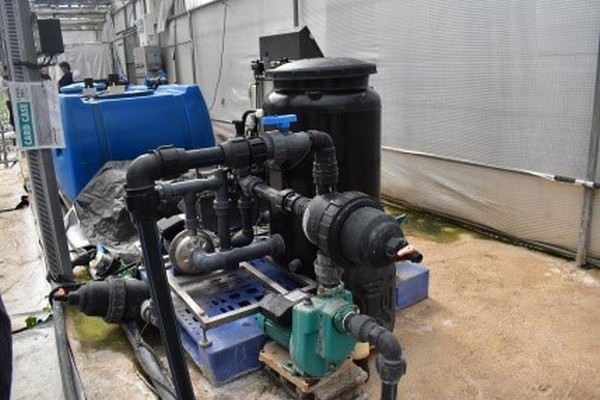
Fertigation system in the smart greenhouse automatically mixes fertilizer solutions with irrigation water which is applied through the drip irrigation system.
Features of the smart greenhouse are yet to be fully optimized. Korean-developed automation by mobile applications, where indoor conditions can be viewed and controlled using mobile phones anytime in any location, is currently a work in progress. With the initiative on the adoption of smart agriculture, DA-BAFE’s area of collaboration with BNCRDPSC is the provision of technical assistance in maximizing the utilization of the project’s control system. (MLA/ DA-BAFE)
For more information: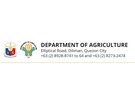
Department of Agriculture of the Philippines
Elliptical Road, Diliman, Quezon City, 1100
[email protected]
www.da.gov.ph
